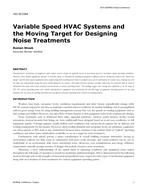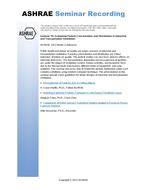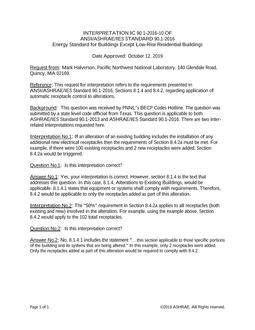Conventional ventilation systems (mixing and displacement) produce low air quality in industrial premises. A newair supply system (confluent jet system) may improve both ventilation and energy efficiency. When round jets are issued from coplanar nozzles with enough spacing, they converge, merge, and combine at a certain downstream distance, which are called "confluent jets." In this study, the velocity field of the proximal region of confluent jets was recorded by traversing a hot-wire probe across the jets in one column at selected distances from the nozzles’ exit in order to examine the performance of SST turbulence model. The experimental and numerical results from this work are summarized in a set of mapping fields of mean velocity for the confluent jet zones, which are presented in a generalized non-dimensional form. The existence of an initial, a converging, a merging, and a combined region in the confluent jets has been found for three low Reynolds numbers. Three different confluent jets can be seen in the array of jets studied placed six by six symmetrically on the long side of a cylindrical supply device. The streamwise velocity of the geometrical centerline of side jets and corner jets decays faster than that for the fully confluent jets, due to deflection towards their adjacent neighboring jets. Side jets and corner jets deflect to their adjacent jets and finally merge and combine with them, while fully confluent jets normally spread and amalgamate with each other. Low local pressure is responsible for the amalgamation of confluent jets, but the static pressure reaches a minimum value between side jets and their neighboring jets, which results in the deflection of the sidejets.
Citation: ASHRAE Transactions – Volume 120, Part 1, New York, NY
Product Details
- Published:
- 2014
- Number of Pages:
- 15
- File Size:
- 1 file , 4.2 MB
- Product Code(s):
- D-NY-14-022


